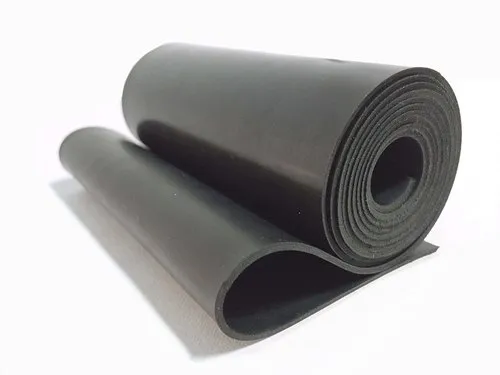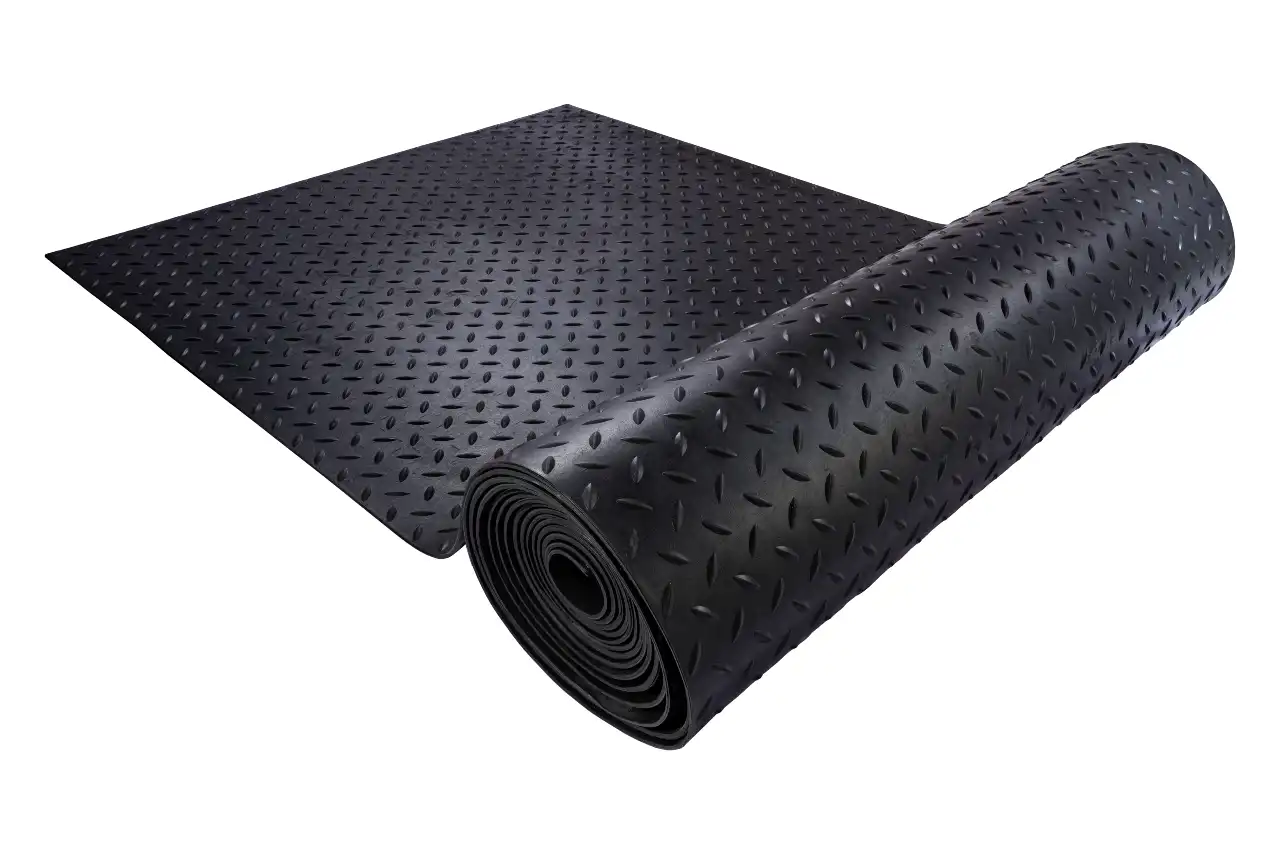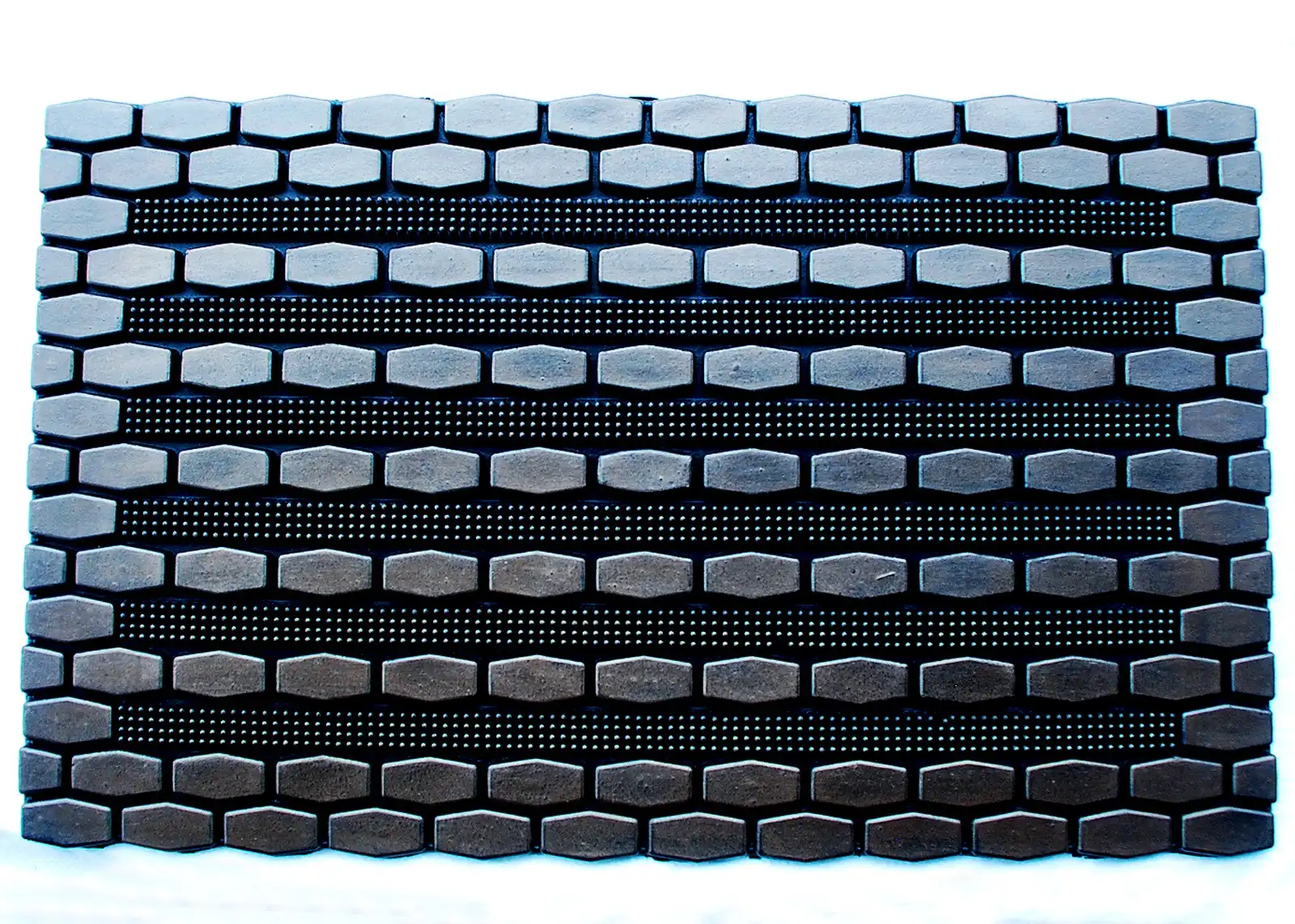Rubber is a versatile material that comes in various types, each tailored to specific applications. One of the most well-known types is natural rubber, derived from the latex sap of certain plants, primarily the rubber tree. It possesses elasticity and resilience, making it suitable for products like tires, conveyor belts, and adhesives.
 Synthetic rubber, on the other hand, is artificially made through chemical processes. Neoprene, for instance, is a type of synthetic rubber known for its resistance to oil, heat, and weathering, making it ideal for use in automotive hoses and gaskets.
Synthetic rubber, on the other hand, is artificially made through chemical processes. Neoprene, for instance, is a type of synthetic rubber known for its resistance to oil, heat, and weathering, making it ideal for use in automotive hoses and gaskets.
Another synthetic variant is silicone rubber, prized for its high temperature resistance and flexibility, commonly used in medical devices, cookware, and automotive applications.
EPDM (ethylene propylene diene monomer) rubber is renowned for its excellent weather resistance, UV resistance, and insulating properties, making it a popular choice for outdoor applications such as roofing membranes, seals, and gaskets.
Nitrile rubber, also known as NBR, is valued for its oil resistance, making it suitable for use in seals, gaskets, and fuel hoses in automotive and aerospace industries.
Butyl rubber is characterized by its exceptional gas impermeability, making it ideal for applications requiring air-tight seals, such as tire inner tubes, pharmaceutical stoppers, and chewing gum base. Additionally, it boasts resistance to weathering and chemicals, enhancing its suitability for various industrial uses.
These different types of rubber cater to a wide range of needs across industries, from automotive and construction to healthcare and consumer goods. Selecting the appropriate type of rubber is crucial to ensure optimal performance, durability, and safety in diverse environments.
Understanding the unique properties of each type enables manufacturers and engineers to make informed decisions when choosing materials for their specific applications.






